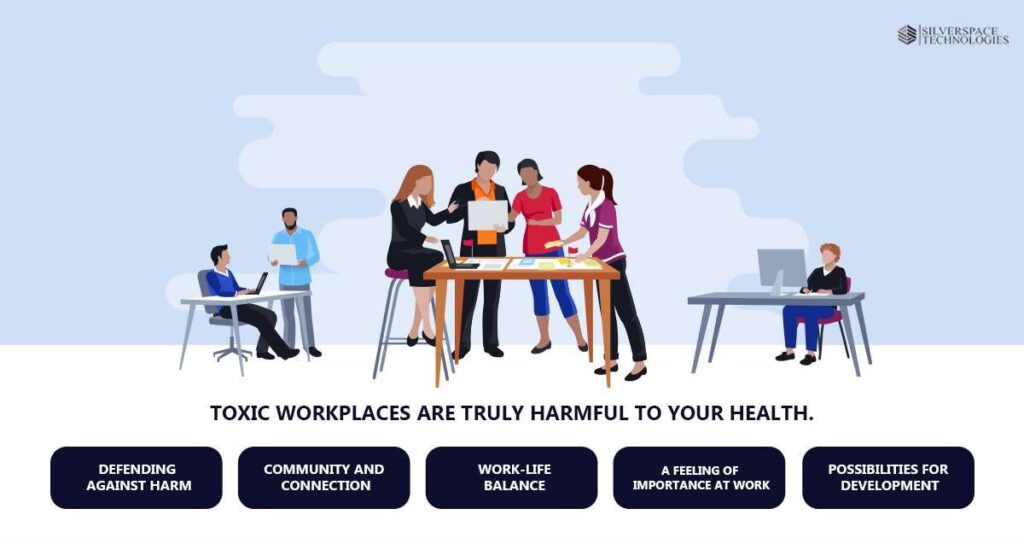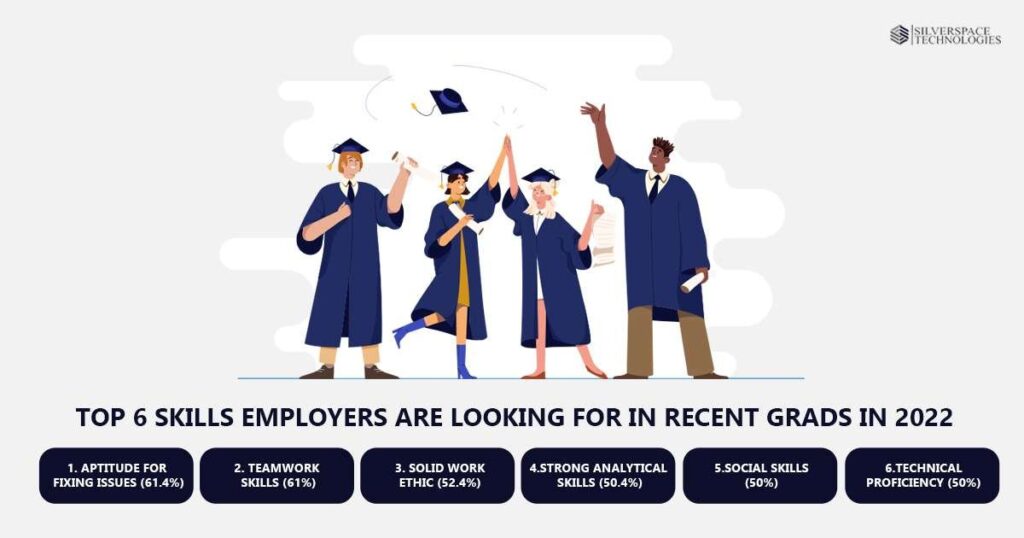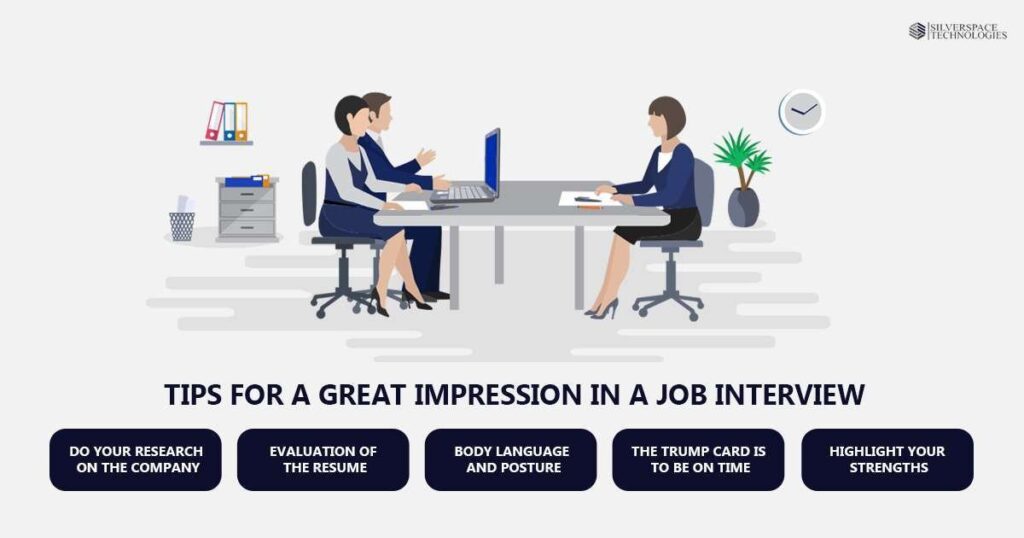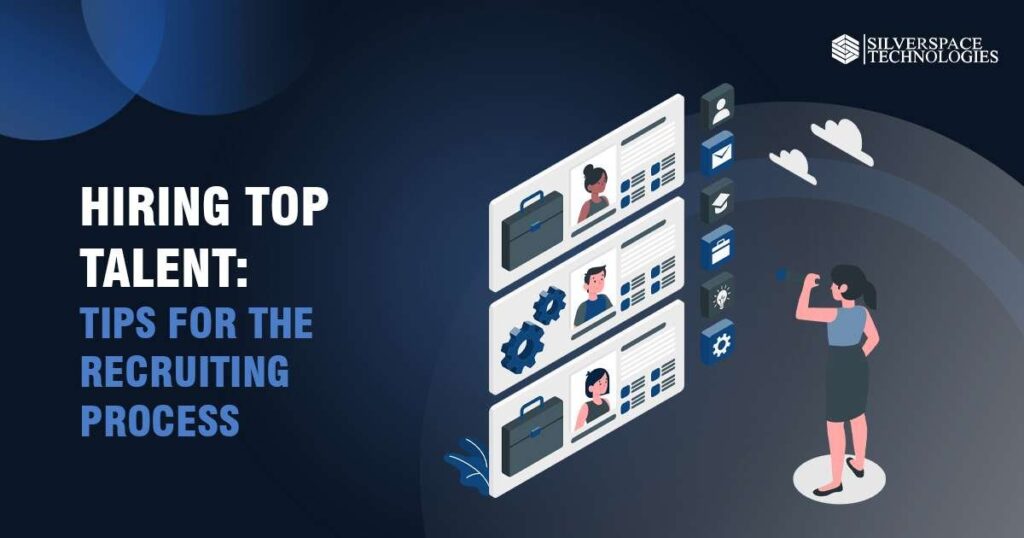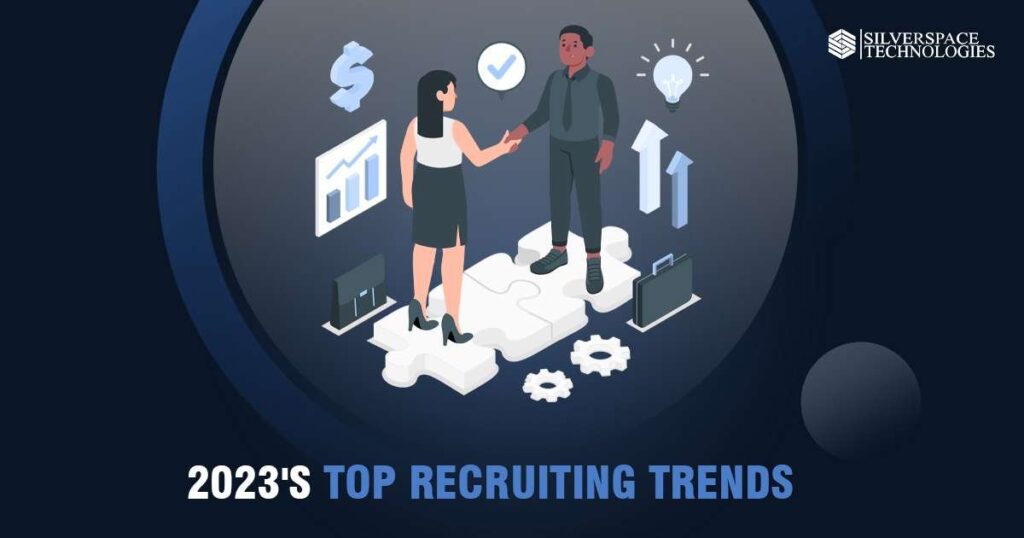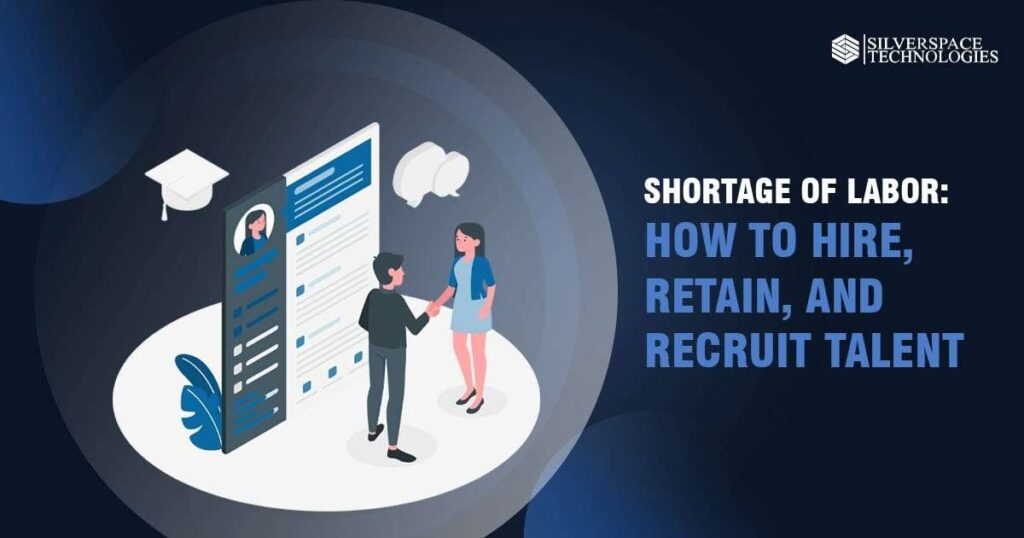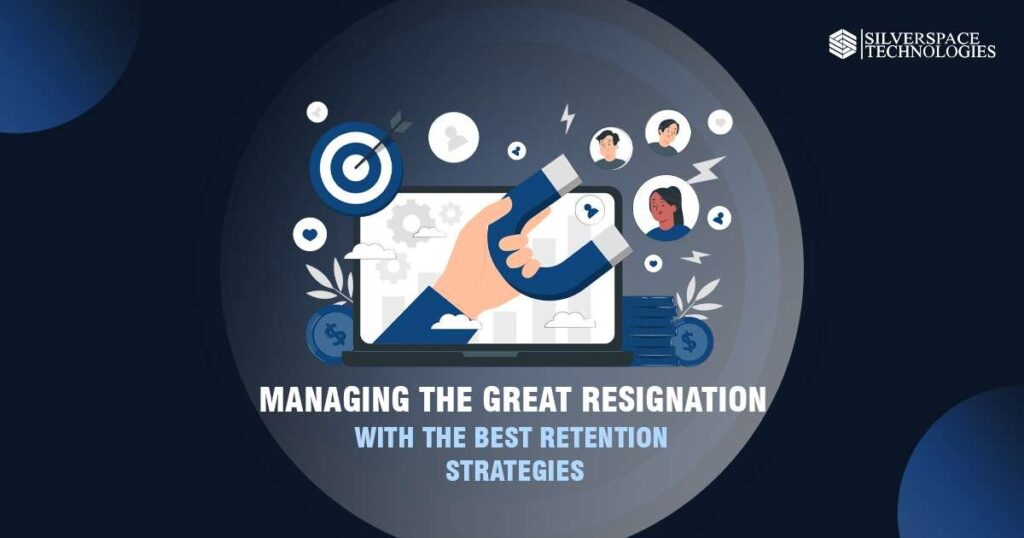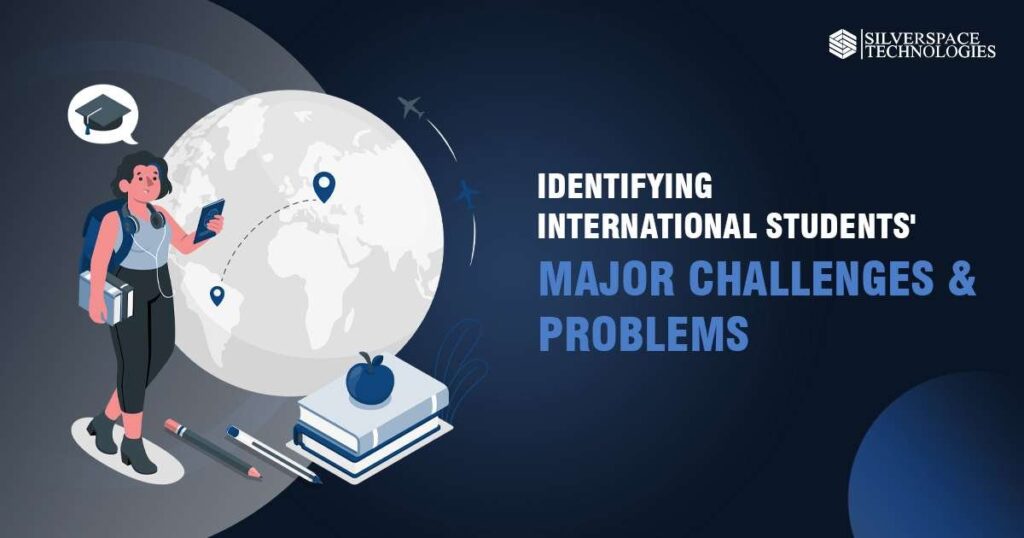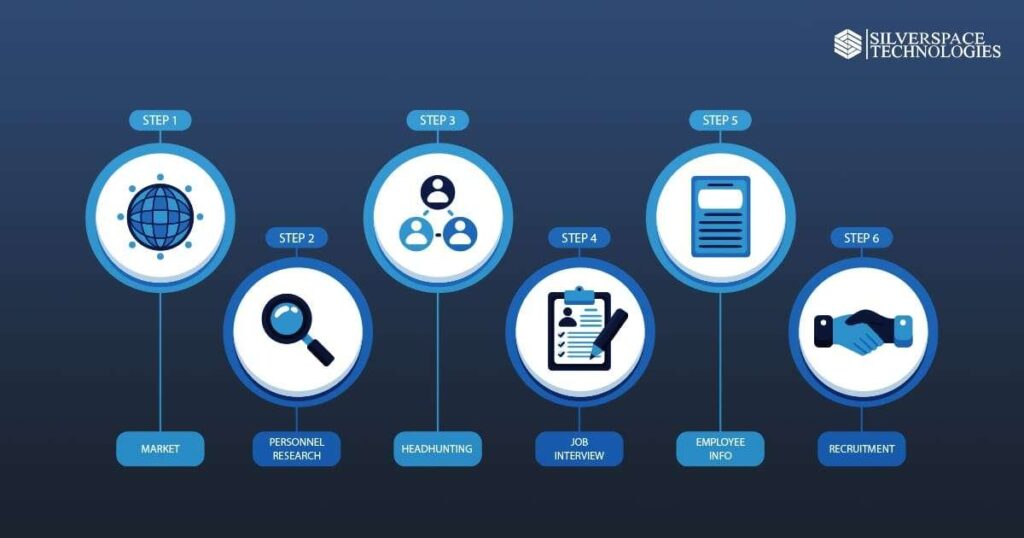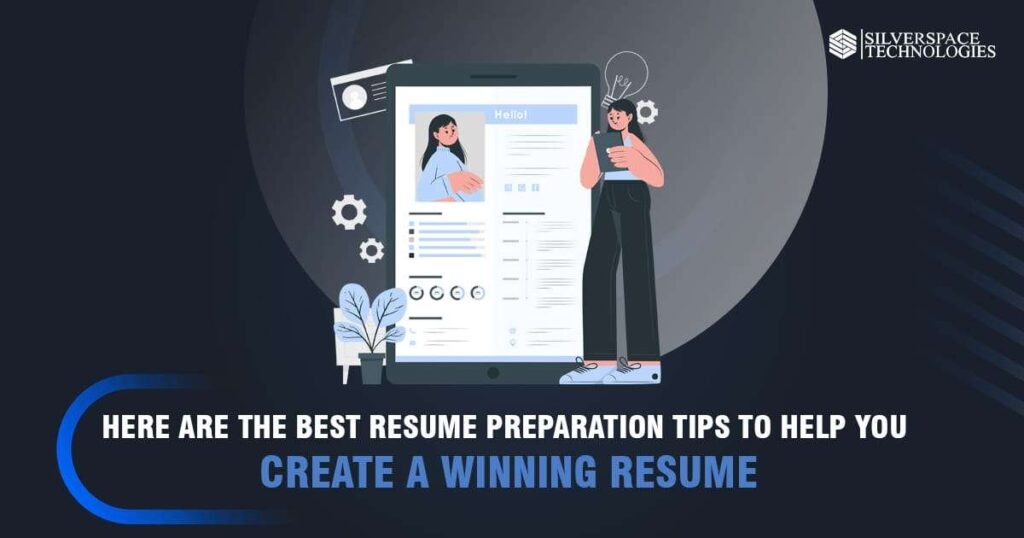Toxic Workplaces Are Truly Harmful To Your Health
It turns out that the phrase “toxic workplace” wasn’t at all exaggerated. No, it’s not simply exaggeration from individuals who complain instead of rising above their circumstances or silently resigning because they are lazy. Jobs that put their workers under excessive stress are dangerous. So much so that the American surgeon general has joined the chat and is advising employers to improve. Working in workplaces that are disrespectful, exclusive, intensely competitive, unethical, or abusive is harmful to your health, according to Dr. Vivek H. Murthy. The following health consequences of a toxic work environment are listed by his office: How could a poor job be the root of so many issues? Researchers have found that having a hazardous job causes chronically high-stress levels, which in turn can result in a wide range of mental and physical health problems. The list above is by no means complete. Additionally, more workers than ever are experiencing stress and its repercussions in the backdrop of the COVID-19 pandemic. According to the Gallup State of the Workplace 2022 report, 44% of workers worldwide said they experienced everyday stress in 2021, which is a record-high number. Particularly, American and Canadian employees reported among the greatest levels of stress of any location, with 50% claiming to experience stress on a daily basis. In a 2021 study of 1,500 U.S. employees, 76%—up from 59% two years earlier—reported having at least one sign of a mental disorder. Although COVID-19 may have made things worse, the pandemic “did not generate these work conditions,” the surgeon general’s guidance warns. The report holds the company, not the employee, accountable for addressing hazardous work situations. You did not create the hostile workplace, the ensuing burnout, or any other undesirable outcomes. However, you can attempt to determine whether the organization you work for or are interviewing with has the potential of a wholesome workplace. The surgeon general has identified five components of a healthy workplace. The surgeon general’s guideline lists the following five elements as being “important for workplace psychological health and well-being.” “Protection against harm” includes both physical and mental security as well as economic and employment stability. A toxic work environment may result if you’re always concerned about money, whether it’s because you wrestle to stay afloat or because your company frequently threatens to fire or lay off employees. The dedication “to all employees who passed away during the epidemic and to their families”—some of whom may have fallen sick as a result of hazardous working conditions—serves as an illustration of physical security. An unsafe workplace doesn’t necessarily need to be as heinous as failing to safeguard workers’ physical well-being during a fatal pandemic. A number of things can contribute to dangerous workplaces, such as disobeying safety standards, subjecting workers to hostility, racism, abuse, and bullying, as well as enforcing potentially damaging legislation. Consider whether your employer carries out the following actions: Two fundamental human wants are belonging and social support. Does your employer permit them to be satisfied? Do you have access to coworkers that can assist you with your work? Do you have the chance to communicate with others (locally or remotely)? Do you seem like a valued member of the team who is welcome? A company that values its workers’ sense of community and connection will: More than merely work-life balance, this also refers to the freedom to decide on your own at the job and the ability to act in your own best interests as a worker and a person. A place of work that doesn’t respect your autonomy may micromanage you or needlessly prescribe the methods you employ to do your tasks. Or, your employers could want you to be reachable after hours or discourage you from using any paid time off. Additionally, if your employer doesn’t value flexibility, they might not let you change your working hours to accommodate doctor’s visits or take care of family responsibilities (which disproportionately affects women). A corporation that values the balance between work and life: Being treated with dignity at work includes being respected and valued (finding purpose in your work). Do you believe that what you accomplish matters and that the firm you work for cares about you? The following employers uphold this component: There are various paths one might take to advance professionally. Growth opportunities are divided into two primary categories in the report: learning and accomplishment. Learning is the process of acquiring new skills and information through regular work, challenging tasks, and projects, or other opportunities for training and development. Achieving success entails having clear objectives that you can achieve and being acknowledged for doing so. When you achieve goals and see a route for advancement inside the organization, your employer instills competence and confidence in you. Does your workplace provide chances for advancement via any of the following practices?
Toxic Workplaces Are Truly Harmful To Your Health Read Post »
